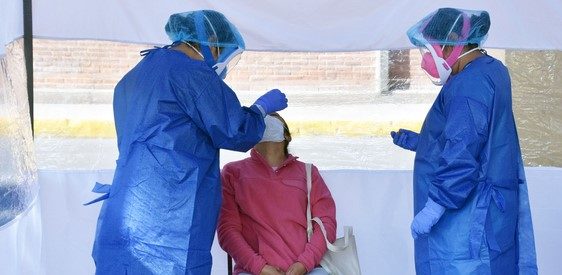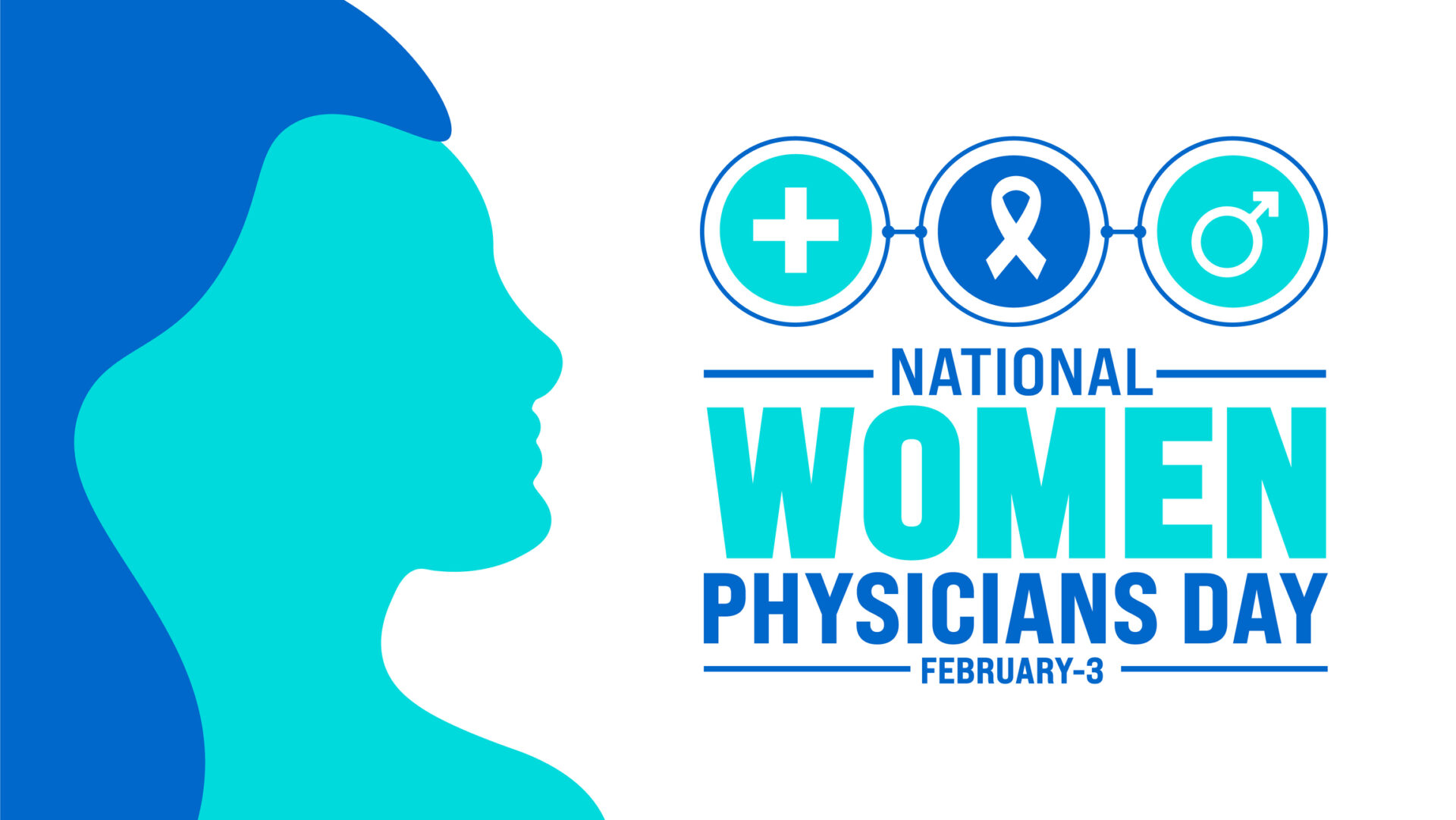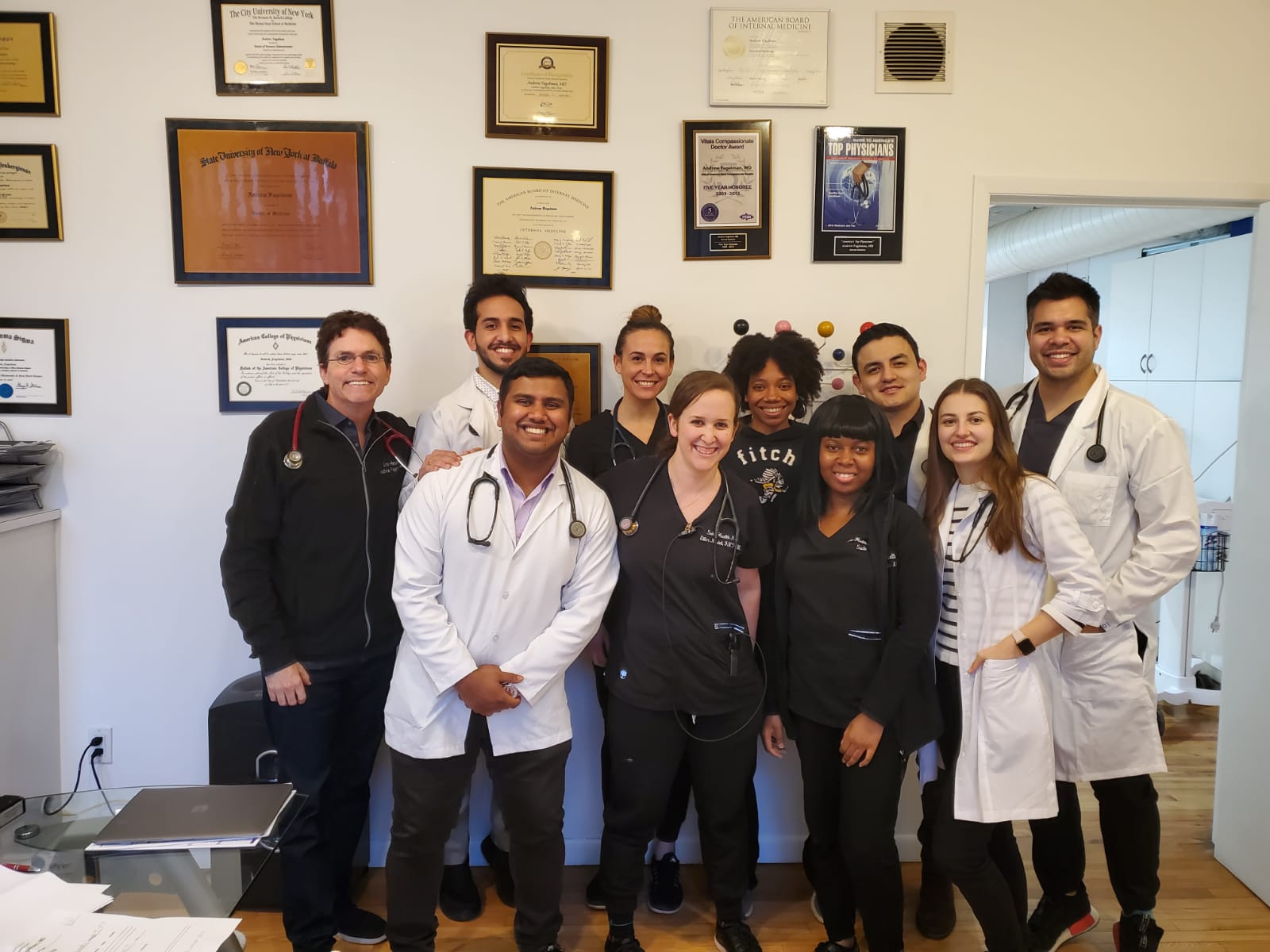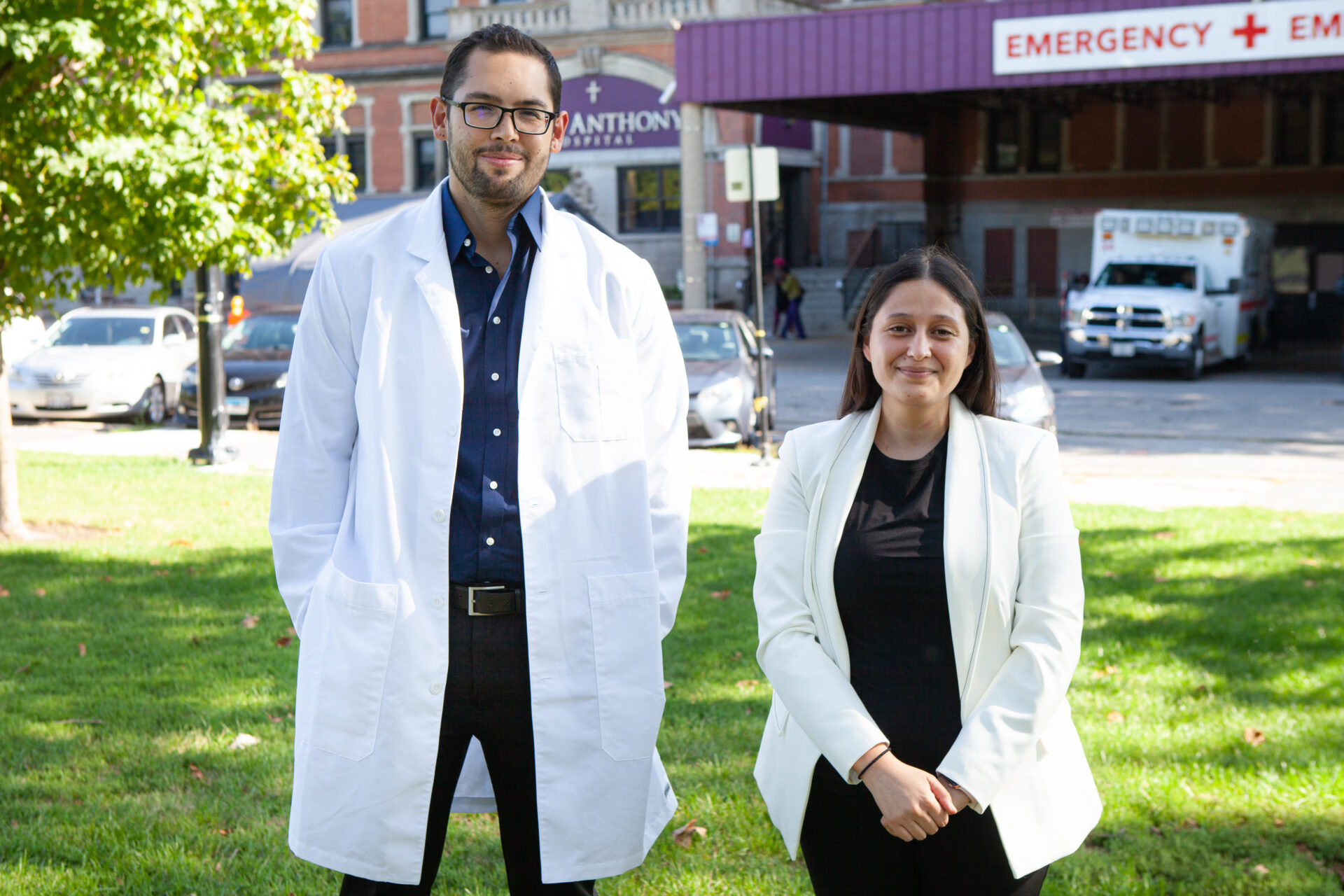Staying up to date on the future of COVID-19 and its related developments can be overwhelming. COVID-19’s seven-month stay (and counting) has contributed to nearly 1 million deaths across the globe. As we remember those lost by a virus that continues to baffle leading scientists and healthcare professionals, it is important to acknowledge those who have survived. With the care of skilled physicians, nurses, and other professionals, more than 20 million individuals have recovered from COVID-19.
While it’s essential to remember losses and acknowledge that changes have occurred recently, we hope the following post on COVID-19 projections for the remainder of 2020 can help inform the plans you make and actions you take in the coming months.
Case Numbers Will Continue Rising
While the long-term future of COVID-19 is unclear, cases will continue to rise in the coming months. In many areas of the world, COVID-19 is surging. In the U.S., spikes are happening in Arkansas, Iowa, North Dakota, Oklahoma, South Dakota, Wisconsin, and Utah. Brazil and India sit just behind the U.S. Combined cases in these three countries makeup half of all cases reported worldwide.
Countries with smaller but growing cases include France, Germany, Spain, Argentina, with the cities of Paris, Munich, Madrid, and Buenos Aires, contributing to the most extensive case numbers in the country. Iran is seeing more cases this month than it did in June, and in the U.K., cases are doubling every other day. As children continue to return to school, establishments reopen, and more people let their guard down, it is only natural that cases will continue to increase.
Actions to Take: Exercise caution with social gatherings. While you do not have to remain in quarantine or live in isolation as you did during the lockdown, it’s crucial to have open conversations with others before socializing. Discuss if you might have been exposed, consider meeting in an outdoor space, inquire about the people in their lives who may be at high risk for having COVID-19 complications.
You may also consider avoiding confined spaces where the air is not ventilating or circulating well. Scientists and healthcare professionals view airplanes as a key suspect to the increase in future COVID-19 case numbers. During this time, consider postponing your travel for another time or consider alternative forms of transportation such as taking a car.
Lockdowns Probably Won’t be Reintroduced
Government officials feel confident that lockdowns for COVID-19 will not be necessary again. However, this does not mean that local restrictions will not be reintroduced, barring an increase in cases.
Like the U.K. and France, some areas of the world are returning to rules that had been in place at earlier stages of the pandemic. The U.K. requires bars and restaurants to close earlier. Other countries are protecting themselves by extending border closures. Canada recently announced that its borders to the U.S. will remain closed until the end of October, with the possibility of an additional extension.
Actions to Take: Only purchase what is necessary at the store. Avoid hoarding items, as many of us did during the onset of the pandemic. Despite case numbers increasing, research on COVID-19 has allowed healthcare professionals to issue guidelines that save lives and make it possible for the economy and many companies to function as they previously did.
A Vaccine May Not Be Available This Year
When trials for a COVID-19 vaccination began, officials optimistically reported that a vaccine could be in production by this point. This is not the case, as complications with a vaccine front-runner have caused trials to be put on pause.
In conjunction with concerns regarding the quality of a fast-tracked vaccine, this hiccup is a point of concern for many. Likely, the near future of COVID-19 will not see a vaccine. It is likely that a vaccine with not be available until 2021.
Actions to take: Recognize that our present state may continue into the near future. If you are learning or working remotely, invest in it. Purchase a desk, create a functional environment, and take advantage of some of the benefits that come with this lifestyle. Take this time to enjoy the absence of a commute, strict dress codes, and a packed schedule.
Testing Will be Encouraged
At the onset of the pandemic, tests for COVID-19 were scarce. Now, drive-up testing is readily available, with test results available in as short as a few hours. Habitants of cities categorized as hotspots are being encouraged to get tested regardless of if they think they may have it. Health officials feel doing so could stop asymptomatic cases from spreading. The future of COVID-19 will be filled with testing, in many cases, as a preventive measure.
Actions to take: If you have been in contact with someone who may have had COVID-19, get tested. If you have symptoms of COVID-19, get tested. Tests are accessible, encouraged, and provide peace of mind. If you plan to get tested, quarantine yourself until the test results are available or you receive a negative test. Follow the recommendations of healthcare professionals in the event you receive a positive test.







Leave A Comment